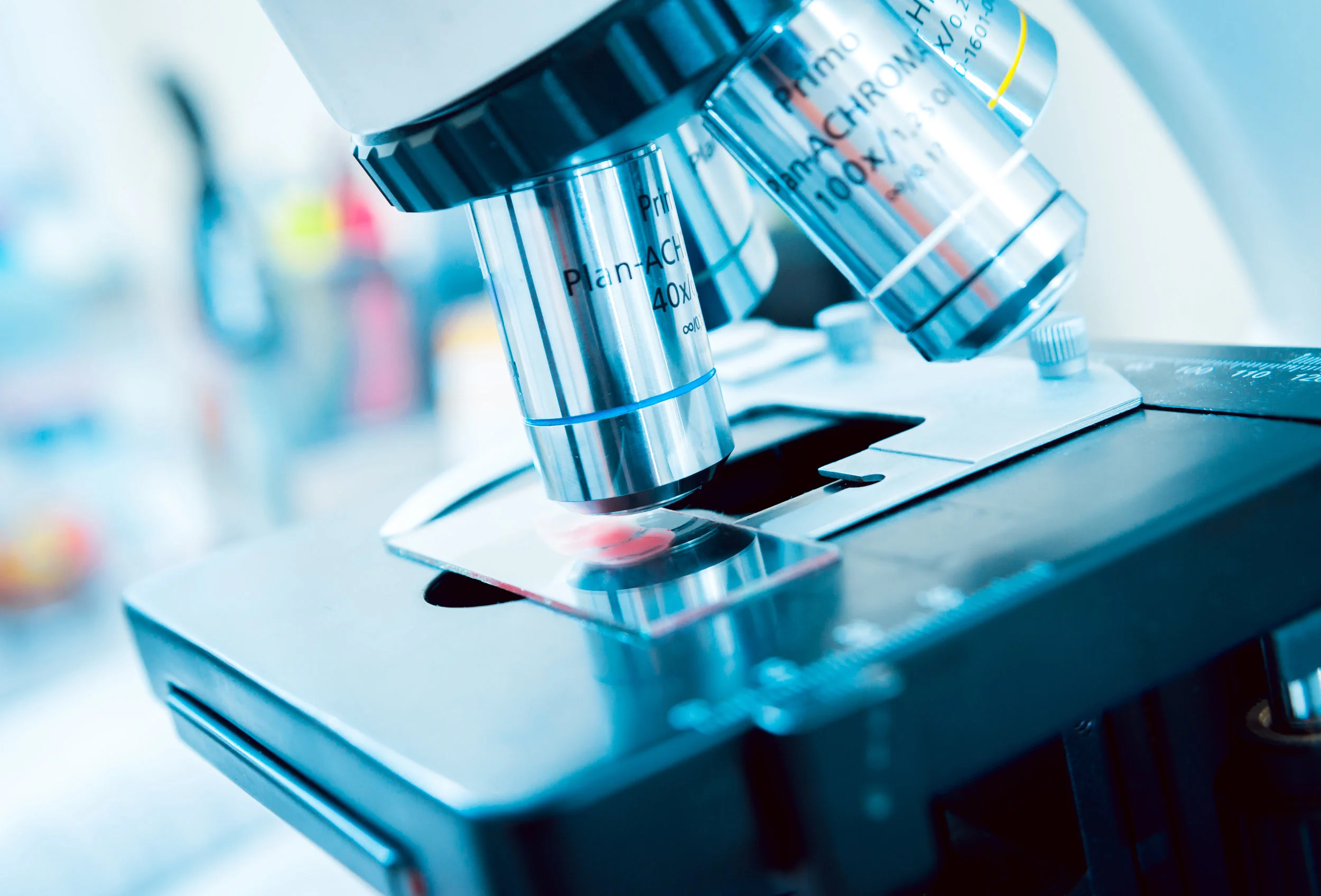Personalising your healthcare with sweat

Assistant professor of medical engineering Wei Gao is enriching the field of personalised and precision medicine with an abundant source of chemical data: sweat.
Gao's perspiration-analysis technology enables early detection of physiological aberrations, customized treatment plans, and greater accuracy in drug monitoring. Low energy, for example, is a symptom that could be associated with a multitude of health concerns, but a sweat-reading biosensor can detect abnormal chemical reactions in the body that are associated with specific conditions.
What follows are three examples of how Gao's biosensors one day may help physicians interpret what might be ailing you.
Metabolic Monitor
Low energy is a common indicator of various metabolic disorders, but a sensor readout that displays imbalances in sugar and electrolytes would prompt a physician to screen for diabetes.
Wearable sweat analyzers could help 30 million Americans who have diabetes monitor their condition. And for the additional 84 million U.S. citizens with pre-diabetes, biosensors could help provide early detection of Type 2 diabetes, heart disease, and stroke. The sensors also could track biomarkers that point to imbalances associated with cystic fibrosis and gout.
"The sensor can work as both a diagnostic and a disease-management tool," says Caltech graduate student Yiran Yang, who develops wearable sensors that monitor metabolic disorders. She explains: "Although many foods carry nutrition labels, this doesn't help patients with certain metabolic disorders understand their personal limits. By monitoring the composition of their sweat throughout the day, patients can see how diet affects them."
In 2017, Yang became the first researcher to join Gao's lab. Since then, the group has grown to include three additional graduate students, three postdoctoral scholars, four visiting scholars, and four undergraduates. The team works with Gao on biosensor technology and other synthetic micro- and nano-bioelectronic medical devices.
Mental Health Monitor
Low energy also could be a symptom of depressive disorders, but diagnoses for post-traumatic stress, postpartum depression, or suicidal ideation today are based largely on questionnaires. Gao aims to replace this subjective process with objective measurements.
"Lots of people don't know they're depressed, and others know they are but don't say anything about it," Gao says. "Chemical analysis of their sweat could give early warning for these conditions and help caregivers differentiate between types of depressive disorders and identify the best treatment options."
High levels of stress hormones such as cortisol, and markers of inflammation such as cytokines, are associated with depressive disorders. But normal values for these biomarkers are different for everyone, and fluctuate throughout the day. "With a biosensor, we could continuously monitor an individual's molecular data over time and determine his or her personal baseline," Gao explains. ""hen we could quantitatively see if there's a problem."
In 2017, Gao was among the first researchers to receive support through Caltech's Carver Mead New Adventures Fund. Former students of Mead established the fund in 2014 to support innovative, early-stage research. "This grant gave me confidence to develop the mental health monitoring," Gao says, "and we are making nice progress in this direction."
Medication Monitor
In other cases, low energy might signal that a patient's prescription is off. "Some people need lower dosages, while others need higher dosages," Gao explains. "Some over-medicate, and many simply forget to take their medicines." Biosensors could greatly improve physicians' ability to track patient compliance and evaluate drug efficacy.
Until now, pharmacokinetics (the study of how drugs are absorbed, distributed, and metabolized) has been informed primarily by data gathered in hospital and lab settings.
Prescription dosages and therapeutic windows are extrapolated from relatively small patient populations because the collection of data about drug concentrations requires blood withdrawals at timed intervals. Wireless, wearable biosensors would enable continuous monitoring of larger patient populations over longer periods of time.
"As we develop this low-cost, wearable technology, we think about how it could especially help people in developing countries where there are few medical resources," Gao says. "But certainly it can also benefit millions here in the United States."





